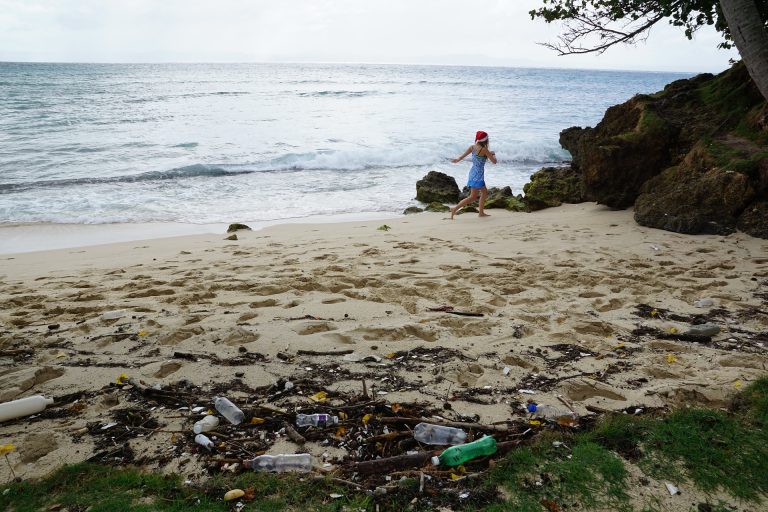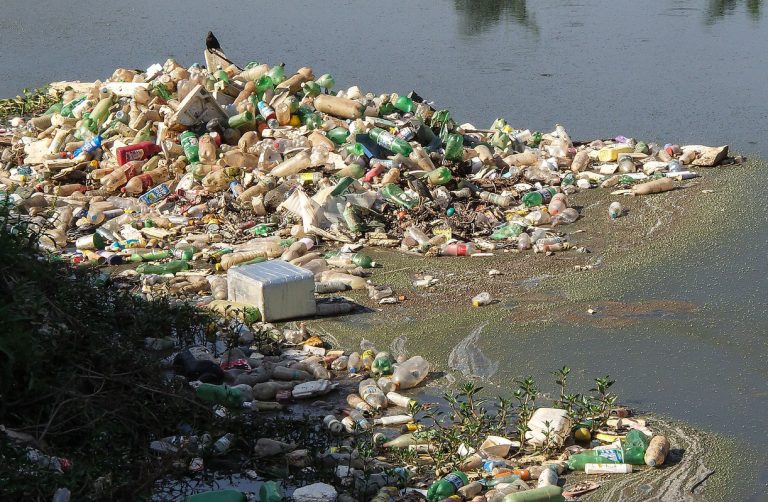
On 23 July 2012 a disastrous typhoon hit the coast of Hong Kong and with it a plastic disaster of similar size. A single ship lost only seven containers, of which six contained plastic (polypropylene) pellets (see picture). When the storm was over, the water was so polluted that local fishery was threatened. This is an example of how much impact „individual“ and „isolated“ incidents can have on whole regions and beyond. The pellets were first found at the coast by the local NGO Plastic Free Seas, in the area of Discovery Bay. The first news about the disaster was only published by the NGO’s, that participated in the cleanup, including DB Green and the Sea Shepherd Conservation Society, Hong Kong. The initiative for this cleanup came from these NGO’s themselves, while the government stayed quiet. News, however, spread through the social networks and urged more and more people to help cleaning up the beaches. Only almost two weeks after the incident relevant news medias started their reporting and only then the government took action to participate in the cleanups.
Garry Stokes of Sea Shepherd explains in a video how remarkably similar these pellets looked like fish eggs, which is one of the prime target for other animals of the sea, including sea birds. Shortly after the incident abnormal amounts of dead fishes were floating on the surface of the sea and their inspection showed deadly amounts of, exactly, the pellets in their stomach. In the middle of all these discoveries, the Hong Kong government decided make a statement, that said the fishing industry of the bay would not be impacted strongly by the plastic. They went so far to say, that this plastic would not have negative impacts on the quality of sea and fish. One of the impacts that fishermen reported first, was that the fishes in their aquaculture did loose their apatite. This was due to the fact, that either their stomachs were filled with the pellets, or the pellets already blocked the whole digestive system. The government became quite apologetic very soon, letting Chief Secretary Carrie Lam Cheng Yuet-ngor say, that they should have informed the society earlier. The reason she gave, however, seems a little less caring, as it was apparently only because of the new environmental consciousness, that she learned about among the society.
Indeed does this category of plastic pellets not have any direct toxicity. However, has experience from the Great Pacific Garbage Patch shown that plastic breaks down into ever smaller pieces (photo-degradation). In this process toxic chemicals can be released into the water. At the same time they attract broken down pieces of toxic chemicals from the water and binds it. This makes the plastic itself toxic. Just as any other smaller pieces of plastic, these will enter the food chain and land on our plates and inside of any other animal. On top of that did the disaster occur right during the time of the spawning season of green sea turtles. While tourists are not allowed to enter the breading areas from June to October, the beaches were covered with pellets for some time, until a cleanup crew took it on. This means that for many baby turtles plastic might very well have been the first food they ever had.
We strongly believe in the action of NGO’s and private persons in the fight against plastic. The Hong Kong disaster has shown, that indeed courageous people, who see a problem and directly act on it, will make the difference. We therefore want to thank all of those that were engaged in the cleanups at the beaches around Hong Kong. Furthermore would we like to thank Plastic Free Seas specifically for their great support for this article. We asked them, if they could send us a few pictures to show the whole scale of both the huge contamination and the tiny size of the pellets. All the picture that you see in this article are provided by them and really show the massive job they had to do.





